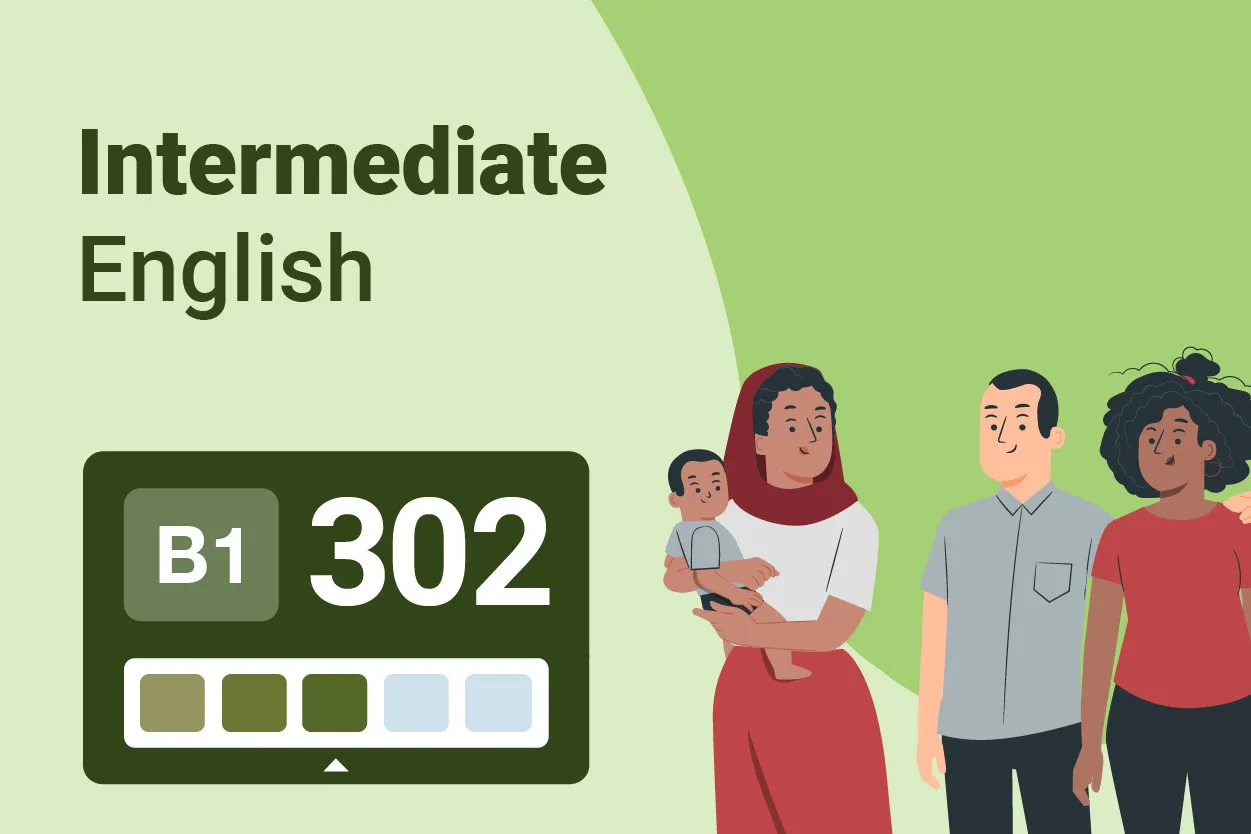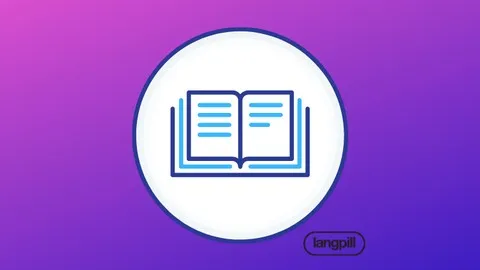
Teach English: Intermediate Grammar 
This specialization is designed to help ESL teachers and future teachers improve their classes, making them more effective and enjoyable for students. Through intermediate grammar topics, participants will gain the skills to create engaging and successful English language lessons. ▼
ADVERTISEMENT
Course Feature
![]() Cost:
Cost:
Free Trial
![]() Provider:
Provider:
Coursera
![]() Certificate:
Certificate:
Paid Certification
![]() Language:
Language:
English
![]() Start Date:
Start Date:
Self Paced
Course Overview
❗The content presented here is sourced directly from Coursera platform. For comprehensive course details, including enrollment information, simply click on the 'Go to class' link on our website.
Updated in [March 06th, 2023]
Learners can learn from this specialization in three main areas:
1. Language-Learning Pedagogy: Learners will gain an understanding of the best practices for teaching intermediate ESL learners. This includes learning about the different approaches to language-learning, such as communicative language teaching, task-based language teaching, and content-based instruction.
2. Online Resources: Learners will learn how to use online videos and activities to teach intermediate ESL learners. They will also learn how to effectively use these resources to engage their students and make their classes more effective and fun.
3. Creative Ideas: Learners will gain access to creative ideas for their classrooms. This includes learning how to use different activities and materials to engage their students and make their classes more interesting and enjoyable.
[Applications]
The application of this course can be seen in the classroom, where ESL teachers can use the resources and best practices learned in this specialization to make their classes more effective and fun. Additionally, the creative ideas learned in this specialization can be used to create engaging activities for intermediate ESL learners. Finally, the language-learning pedagogy learned in this course can be used to create a more comprehensive and effective ESL curriculum.
[Career Paths]
1. ESL Teacher: An ESL teacher is responsible for teaching English as a second language to students of all ages. They must be able to create lesson plans, assess student progress, and provide feedback to students. As the demand for ESL teachers continues to grow, there are many opportunities for advancement in this field.
2. ESL Curriculum Developer: An ESL curriculum developer is responsible for creating and designing curriculum for ESL students. They must be knowledgeable about language-learning pedagogy and best practices for teaching ESL learners. This job is becoming increasingly popular as more schools and organizations are looking for ways to improve their ESL programs.
3. ESL Tutor: An ESL tutor is responsible for providing one-on-one instruction to ESL students. They must be able to assess student needs and create individualized lesson plans. As the demand for ESL tutors continues to grow, there are many opportunities for advancement in this field.
4. ESL Content Creator: An ESL content creator is responsible for creating content for ESL learners. They must be knowledgeable about language-learning pedagogy and best practices for teaching ESL learners. This job is becoming increasingly popular as more schools and organizations are looking for ways to improve their ESL programs.
[Education Paths]
1. Bachelor of Arts in English Language Teaching: This degree program focuses on the fundamentals of teaching English as a second language, including language acquisition, linguistics, and teaching methodology. It also covers topics such as curriculum development, assessment, and cultural awareness. This degree is ideal for those who want to teach English to non-native speakers in a variety of settings.
2. Master of Arts in Teaching English to Speakers of Other Languages (TESOL): This degree program focuses on the advanced study of language teaching and learning, including language acquisition, linguistics, and teaching methodology. It also covers topics such as curriculum development, assessment, and cultural awareness. This degree is ideal for those who want to teach English to non-native speakers in a variety of settings.
3. Doctor of Education in TESOL: This degree program focuses on the advanced study of language teaching and learning, including language acquisition, linguistics, and teaching methodology. It also covers topics such as curriculum development, assessment, and cultural awareness. This degree is ideal for those who want to teach English to non-native speakers in a variety of settings.
4. Master of Arts in Applied Linguistics: This degree program focuses on the study of language and its application in various contexts. It covers topics such as language acquisition, linguistics, and teaching methodology. It also covers topics such as curriculum development, assessment, and cultural awareness. This degree is ideal for those who want to teach English to non-native speakers in a variety of settings.
The development trends for these degree paths are increasingly focusing on the use of technology in language teaching and learning, as well as the use of data-driven approaches to language instruction. Additionally, there is a growing emphasis on the use of authentic materials and activities in language teaching, as well as the use of task-based language teaching. Finally, there is an increasing focus on the use of intercultural communication and collaboration in language teaching.
Course Provider

Provider Coursera's Stats at AZClass
Discussion and Reviews
0.0 (Based on 0 reviews)
Explore Similar Online Courses

React Components Course

Fiber to Fabric Class 7 Science

Python for Informatics: Exploring Information

Social Network Analysis

Introduction to Systematic Review and Meta-Analysis

The Analytics Edge

DCO042 - Python For Informatics

Causal Diagrams: Draw Your Assumptions Before Your Conclusions

Whole genome sequencing of bacterial genomes - tools and applications

Learn English: Computer Functions and Comparing Adjectives to Adverbs

FREE English Grammar Course


Start your review of Teach English: Intermediate Grammar